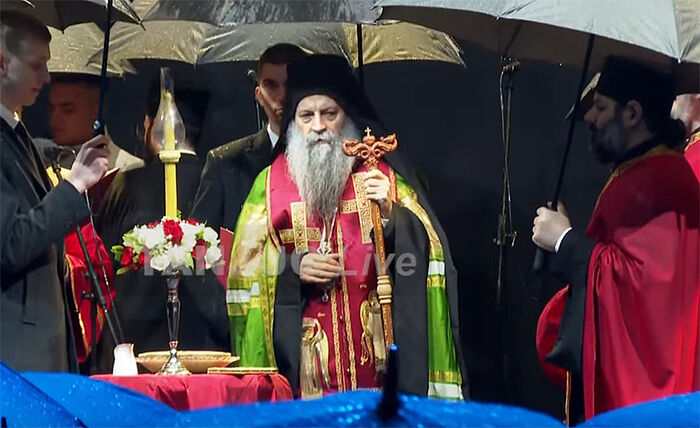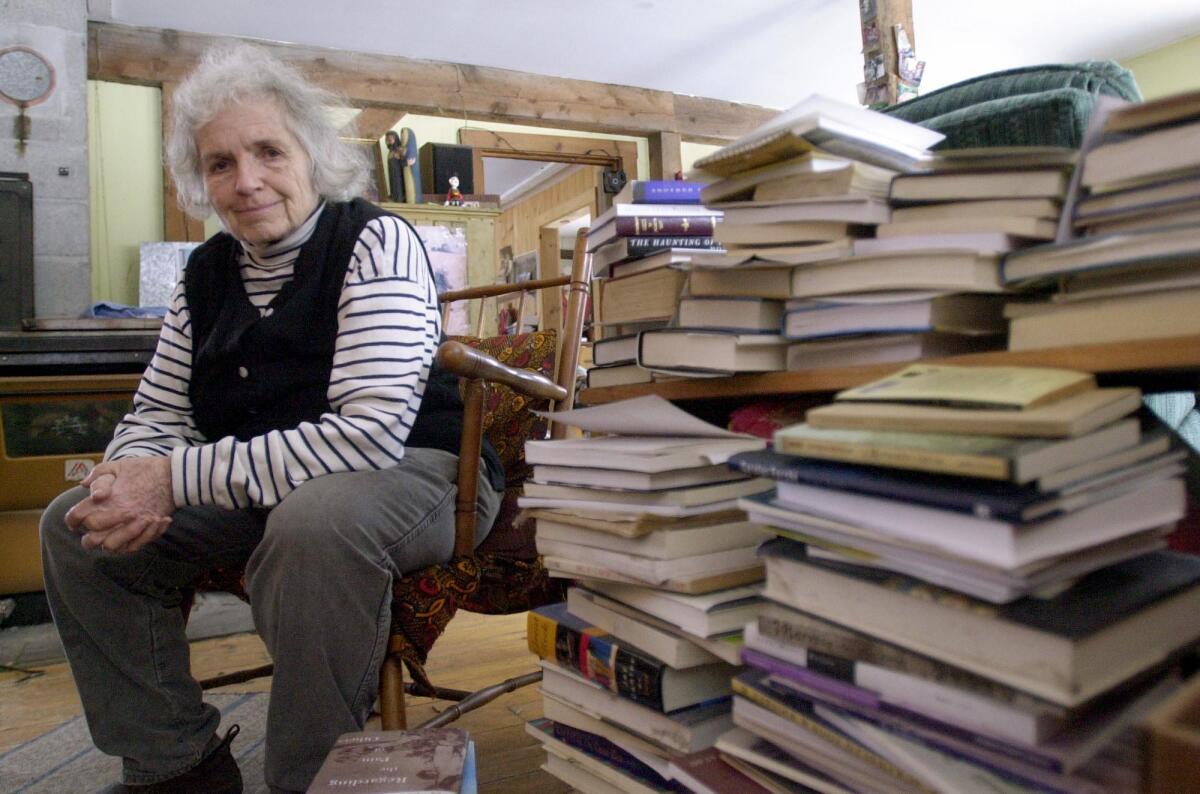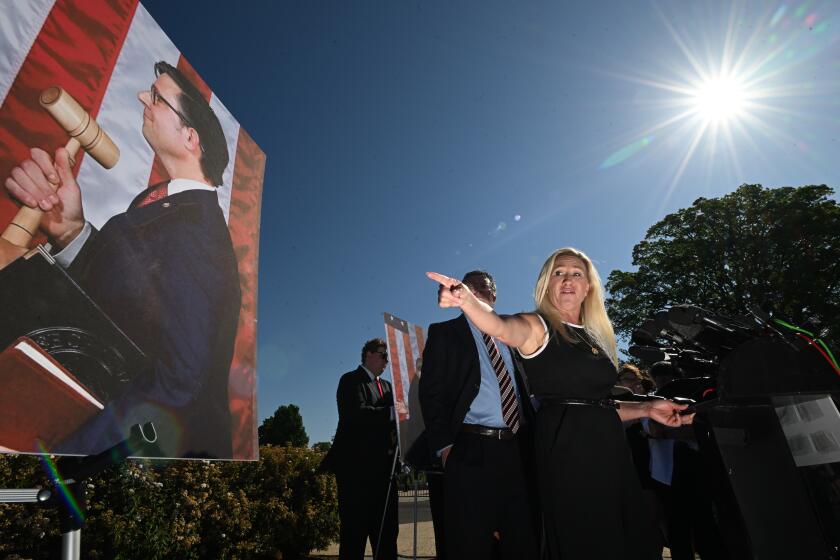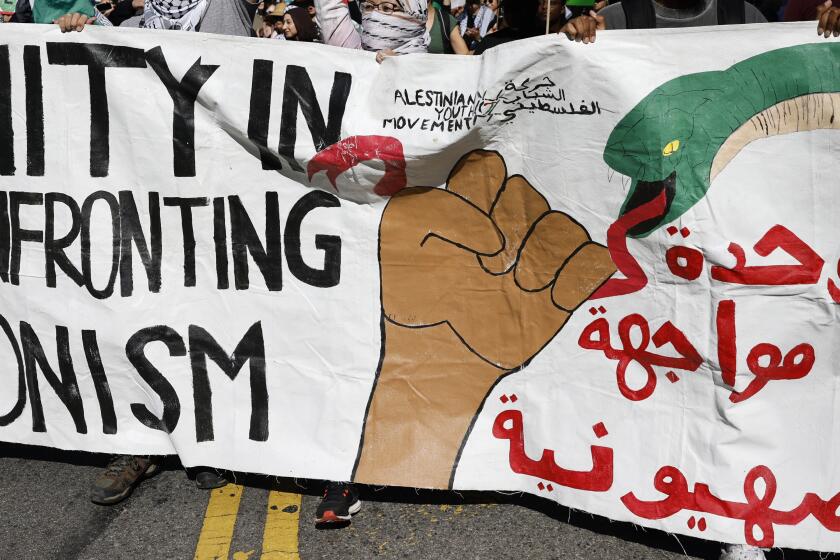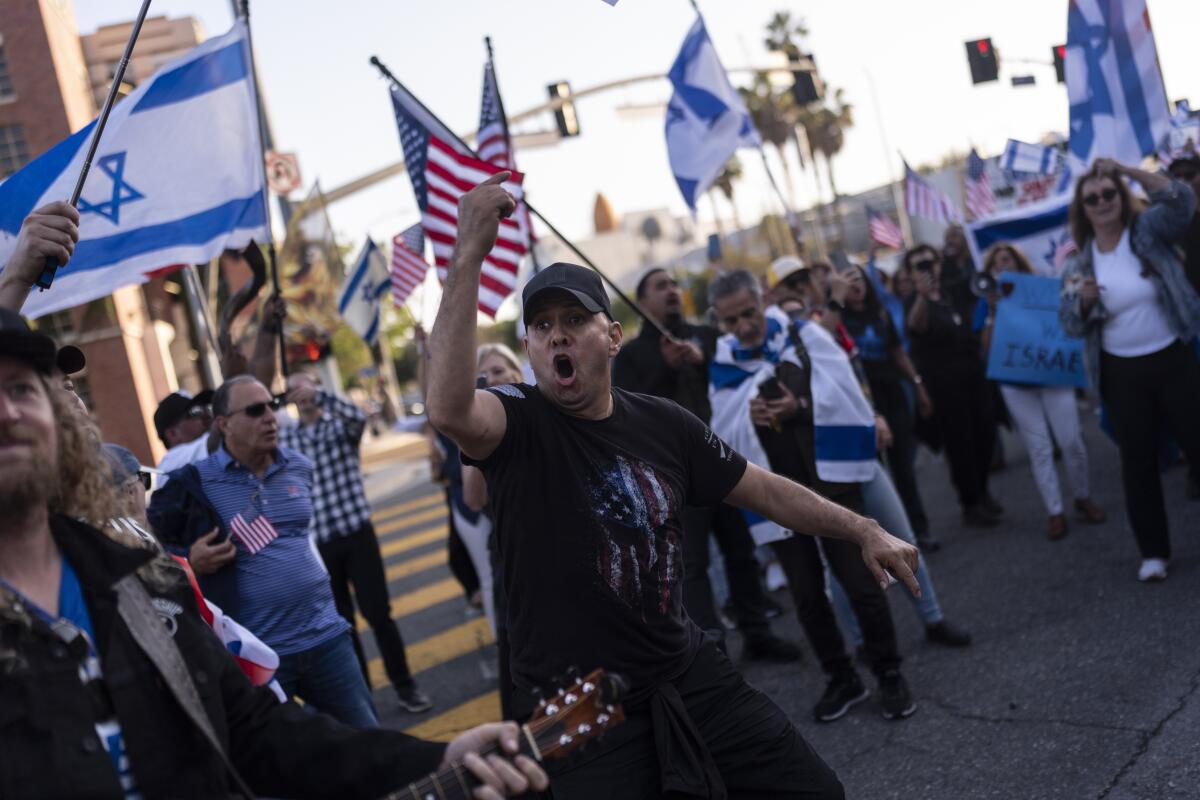Miro por la ventana y Rusia está en todas partes.
Alejandro Potapov
Nacido en 1954. Graduado de la Facultad de Lenguas Extranjeras del Instituto Pedagógico Estatal de Ryazan y del Instituto Literario que lleva su nombre. SOY. Gorki. Publicado en revistas centrales, almanaques y antologías. Poeta, historiador local, publicista. Autor de más de cincuenta libros de poesía y prosa.
Laureado con el Premio Internacional de Filántropo, el Premio Histórico y Literario de toda Rusia Alexander Nevsky, el Premio Pequeña Patria de la Unión de Escritores de Rusia; Premios "Otoño Dorado" que llevan su nombre. S.A. Yesenin y “Sólo soñamos con la paz” para ellos. AUTOMÓVIL CLUB BRITÁNICO. Bloque de la organización municipal de Moscú del SP de Rusia, premio de la revista "Moscow Bulletin". Ganador del concurso internacional de poesía dedicado al Día de la literatura y la cultura eslavas, del concurso internacional de un poema dedicado a Alexander Nevsky y su época, del concurso de poesía “Por la gloria de Rusia”, dedicado al 780 aniversario de la Batalla de el Hielo y el 210 aniversario de la Batalla de Borodino. Laureado del concurso de obras periodísticas de toda Rusia "Verdad y justicia", concurso literario de toda Rusia que lleva su nombre. NUEVO MÉJICO. Rubtsov “Estrella de los campos”, Concurso abierto de publicaciones “Ilustración a través del libro”. Ganador del diploma del premio literario e histórico de toda Rusia “Mi Rusia”. Laureado con los premios de la región de Ryazan. Ladrar. Polonsky (dos veces) y ellos. Académico I.I. Sreznevsky. Recibió la insignia honorífica "Por sus servicios a Riazán", la insignia "125 años desde el nacimiento de Sergei Yesenin", las medallas "Sergey Yesenin", "Alexander Blok", "Konstantin Paustovsky". “Por la voluntad cosaca”, “200 años de la Cruz de San Jorge”, “Ya.P. Polonsky tiene 200 años”, “150 aniversario de I.A. Bunin", "180 años de M.D. Skóbelev."
Miembro de la Unión de Escritores de Rusia y de la Unión de Periodistas de Rusia. Vive en Ryazan y en el pueblo de Polnoye Konobeevo, distrito de Shatsk, región de Ryazan.
Patria y patronímico
No quiero desperdiciar grandes palabras en vano,
Pero, aparentemente, así estaba destinado desde que nació:
Llamo a mi Patria por patronímico,
Así me llamo desde hace mucho tiempo.
Repensando tu destino
Y rechazando el pegajoso rumor,
Llamo a Rusia con ternura - Rossiyanovna,
Te llamo Slavyanovna, Ivanovna.
Mis compatriotas por nombre patronímico son Ryazanychi,
Después de todo, ¡la familia rusa se fortalece con los patronímicos!
Estoy orgulloso de que mi hijo creciera como Alexandrovich,
Que la hija de Alexandrovna está creciendo.
Pero los pseudodemócratas pendencieros repiten una vez más:
Alimentado generosamente "sobre la colina",
Que Occidente supuestamente se las arregla sin segundo nombre,
Que nos llamemos equivocados.
Las costumbres viciosas son tentadoras,
Pero ¿deberíamos nosotros, los rusos, vivir según la mente de otra persona?
¿Dónde puede un yanqui tener un segundo nombre?
Para él, ¿dónde está el dólar? ¿Hay una casa?
El que paga manda
¡Pero el alma no canta por dinero!
El corazón ruso no sufre por sí mismo,
Y por los padres, por los antepasados, por el pueblo.
Nosotros, los rusos, no somos Bobbins, ni Robins,
Tenemos nuestra propia mente, nuestro propio carácter, nuestro propio camino.
Sin patronímico en Rusia, es como sin patria.
¡No puedes vivir, tener una reputación o gobernar!
***
Se cayó un nudo de una tabla de pino.
En una valla en ruinas...
Era como si me apretaran el corazón con un tornillo de banco.
¡Ay de mí, amargo ay!
Hay una corriente de aire amenazante a través del agujero en la cerca.
Viento de siglos de ajenjo.
Apesta a humo y vapores a través de los años.
¿Dónde estoy en este mundo?
Entre la multitud de un día sombrío
Me siento solo como en la estepa,
Es como si me estuviera mirando desde la oscuridad.
Ojo de otro mundo...
Los jinetes corren sobre caballos salvajes.
Del campo polovtsiano.
El camino fosilizado olía a sangre.
¡Aquí está la parte rusa!
En la pupila negra hay una picazón del mal pasado.
Se ve una época diferente:
Los tanques cruzados se arrastran depredadoramente,
Escupiendo muerte con bozales.
El viento silba por el agujero de la valla,
La llama arde furiosamente...
Si no muero aquí hoy -
Probablemente seré inmortal.
Un dolor insoportable presiona mis sienes.
Señor, ¿dónde está tu misericordia?
...Una ramita se cayó del tablero de la cerca -
El tiempo ha cambiado.
La esposa del cosaco despidió
La esposa del cosaco lo despidió.
La acompañó al campo de batalla.
Y levantó la mano en señal de despedida.
¡Oh, separación, la suerte de los cosacos!
La esposa del cosaco lo despidió.
Salió a la carretera por la puerta.
El resonante ruido de los cascos del Donchak.
Al doblar la esquina más alejada se hizo el silencio.
Un cosaco espera a un cosaco de la guerra,
No cuenta las noches solitarias
Y en el kuren, que sigue en silencio.
El hijo cosaco está creciendo.
Hubo batallas en la Línea Zasechnaya.
Fue difícil para los aldeanos...
Y fue al hijo huérfano.
Heredé el sable de mi padre.
...Los siglos vuelan sobre la estepa,
El recuerdo punza y pica el corazón.
La viuda del cosaco se despide.
La madre acompaña a su hijo de excursión.
***
De nuevo vivo en un pueblo remoto,
Habiendo abandonado las preocupaciones de la ciudad.
Aquí las flores y los árboles me son más queridos
Aquí puedo ver mejor el atardecer y el amanecer.
Una vez nací en esta tierra,
Ahora ha regresado con la cabeza gris.
Al menos la tierra natal servía para algo,
¿Pero por qué estoy aquí si no pertenezco?
Parece que estoy en los últimos años.
No me volví insensible, simplemente ablandé mi corazón.
Parece ser lo mismo en cualquier clima.
Una moneda de cinco centavos gastada rueda hacia el sol.
El campo helado también está de luto,
La carretera polvorienta se pierde en la oscuridad...
¿Por qué hay tanto tormento y dolor en el alma?
¿Por qué hay tanto pensamiento en mi mente?
No soy un héroe, ni un profeta, ni un mesías.
Pero sólo un excéntrico ruso.
... miro por la ventana y Rusia está en todas partes,
Hasta el horizonte y más allá, ¡para siempre!
***
Un día de primavera es viscoso, como la miel de color ámbar,
Y las alas de la noche se acortaron.
montículos tetonas
Ovalidad de la guitarra.
Está oscureciendo junto al río revuelto.
Solo esperalo -
El flujo es impaciente
El crujido helado masticará con colmillos de témpanos de hielo,
Salpicarán las pecas de los capullos de sauce,
Y el sauce se pondrá rojo...
ya las llaves
viejos pasos
Sonaron el porche chirriante,
Y las flechas del sol caen del cielo
Y el viento del sur hace que tu rostro luzca más joven.
Un arroyo pasó justo por la puerta.
Y se acercó a mi umbral,
Y nieve en el barranco
Se puso tan pegajoso
Que se le pegó la sombra de un grajo.
Pervoletye
Dientes de león esparcidos por el prado,
Como manchas solares en la hierba.
Pronto, pronto la brisa de una suave ventisca
Esparcirán sus semillas por toda la tierra.
Pronto, pronto estallará el verano rojo
Correrá por un sendero estrecho que bordea el río.
Y tejer corrientes de luz solar
Coronas multicolores de pradera.
Los ruiseñores de mi jardín pronto empezarán a llover,
Y la cereza de pájaro respirará en el porche.
El alma también florece en ese momento,
Decir que la vida no tiene fin.
***
El atardecer previo al otoño era llameante, de un rosa brillante,
El campo vacío se ahogaba en la oscuridad,
Sólo el abedul gris brillaba como corteza de abedul.
Por un camino embarrado, sobre terreno oscuro.
Caminé al azar por el campo aburrido.
En algún lugar allí, detrás de un montículo, había un pueblo escondido...
Me acerqué al abedul con dolor oculto.
Y sentí un calor vivo en mi corazón.
Mi camino en la vida - ¡ay! – no fueron rosas las que pusieron el suelo.
Había muchas espinas a lo largo del camino brumoso.
Ayúdame, abedul, dame fuerzas, abedul,
Después de todo, todavía me queda un largo camino por recorrer.
Y en respuesta, el abedul me arrojó desde sus ramas.
Hay hojas justo debajo de tus pies, como palabras.
Presioné mi mejilla contra la fría corteza de abedul.
Y de repente mi cabeza empezó a dar vueltas.
Me paré debajo de un abedul, cansado, olvidado,
Es como si entregara mi alma a la naturaleza.
Y la distancia estaba nublada y el carril estaba borroso
Corriendo hacia el horizonte, mordiendo el atardecer
El último viburnum
Cuña de grúa, impulsada por el frío,
Obstinadamente se dirigió hacia los cielos.
Bayas de viburnum en el jardín frío
Los corazones ardían como el otoño.
Los racimos de viburnum brillaban vagamente,
Como semáforos en mi camino,
Y el silencioso susurro de las hojas voladoras
Me sonó a despedida: “Lo siento…”
Esa caída de hojas nunca se detuvo,
Y el humo flotaba en el alma de una espesa tristeza.
No me despedí con la calidez de Kalinov.
Me despedí de mi avanzada edad.
Las adversidades de los años han endurecido mi alma.
Vivo por amor y no espero problemas.
Estoy recogiendo el último viburnum del jardín
Como frutos maduros de años pasados.
***
Vivo imprudente y simplemente
Está firmemente unido a su pequeña patria.
¿Por qué es tan amargo, tan picante?
¿Te duele tanto el corazón?
No domino los impulsos de mi corazón -
Después de todo, el camino del pueblo enseña.
Vive según tu conciencia, con dolor, con angustia...
De lo contrario, en Rusia es imposible.
***
Los recuerdos no pueden calentar el corazón.
Y no vuelvas a revivir el ayer...
He tenido miedo de morir tantas veces
Que ya no tengo miedo de vivir en absoluto.
Todo tiene su turno y su corona,
Pero no crean a los optimistas.
El que no teme a la muerte es un tonto,
El que tiene miedo de vivir merece morir.
***
El destino ha abierto una ventana al mundo,
Pero a veces la felicidad sólo brilla como un destello...
No tenemos la oportunidad de conocerte.
Después de todo, el otoño no se encuentra con la primavera.
Los años susurran como hierba de plumas en el campo,
La carretera ha sido pisoteada y desgastada durante mucho tiempo...
Y tú y yo estamos como en un campo de roderas
Caminamos uno al lado del otro, pero no podemos llevarnos bien.







